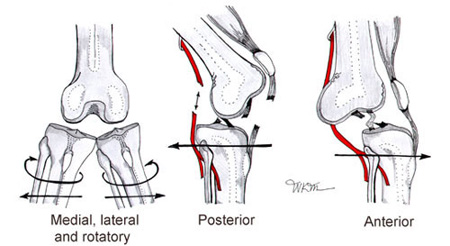Trauma education has gotten significantly more difficult in the face of the Coronavirus. In-person education offerings like ATLS and PALS courses, TNCC courses, and major trauma conferences are routinely being cancelled or delayed. And many of them have decided to move to a virtual format.
Until early this year, I traveled around the country as a speaker for numerous trauma education conferences. The bulk of these have been cancelled for the remainder of the year. A few have opted to try an online format, and I will be giving several online talks in the coming months.
The American Association for the Surgery of Trauma (AAST) has converted their physical meeting in Hawaii to a virtual one (sigh). I will definitely be participating anyway!
Here are two conferences I will be speaking at, using the new virtual format. If you are in need of some quality education, check them out:
Virtual Excellence in Trauma Care Conference
Intermountain Medical Center – Salt Lake City UT
September 17-18, 2020
Presentations:
1. Keynote Address: Massive Bleeding Associated With Pelvic Fractures
2. Trauma Mythbusters
Registration Info: click here
Brochure: click here
Stormont Vail Trauma Symposium
Stormont Vail Hospital – Topeka KS
October 16, 2020
Presentations:
1. New Trends in Trauma
2. Mobility of the Trauma Patient in ICU
Registration and brochure: available soon
And if your hospital or organization is interested in putting your own grand rounds or other educational conference together, I am now focusing on providing presentations via telepresence.
Please check out the FAQ on my speaking engagements by clicking here.
Granted, telepresence is not the same as being there in person. It’s so much nicer to meet people in person, and it’s much more satisfying to make that more personal connection. But in-person conferences won’t be in the cards for a while. In the meantime, I hope to see you all soon via WebEx or Zoom! Please reach out!

